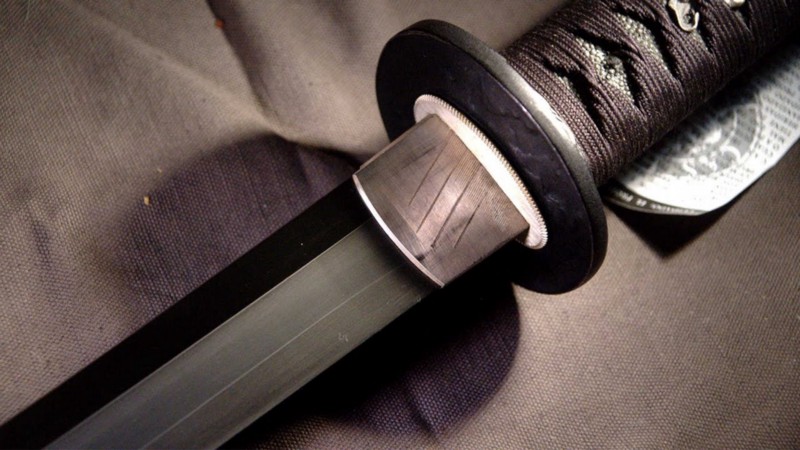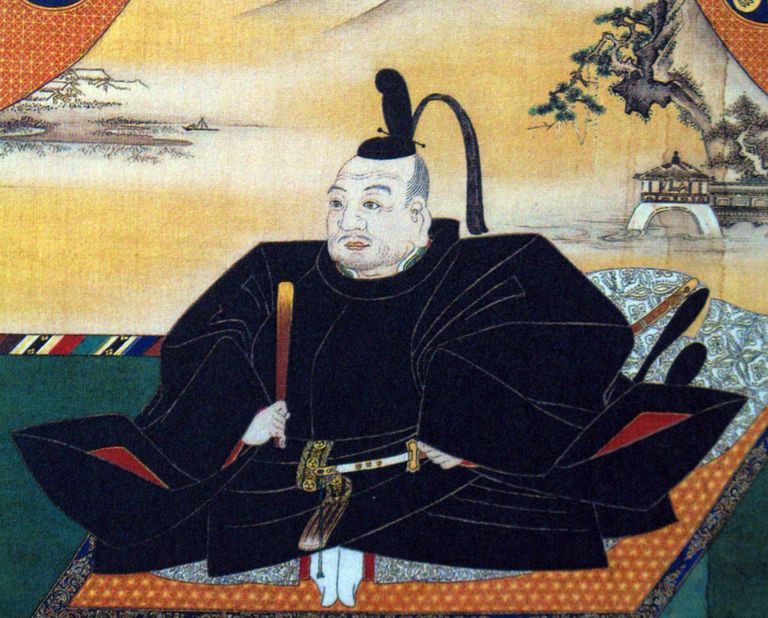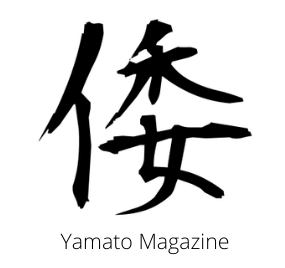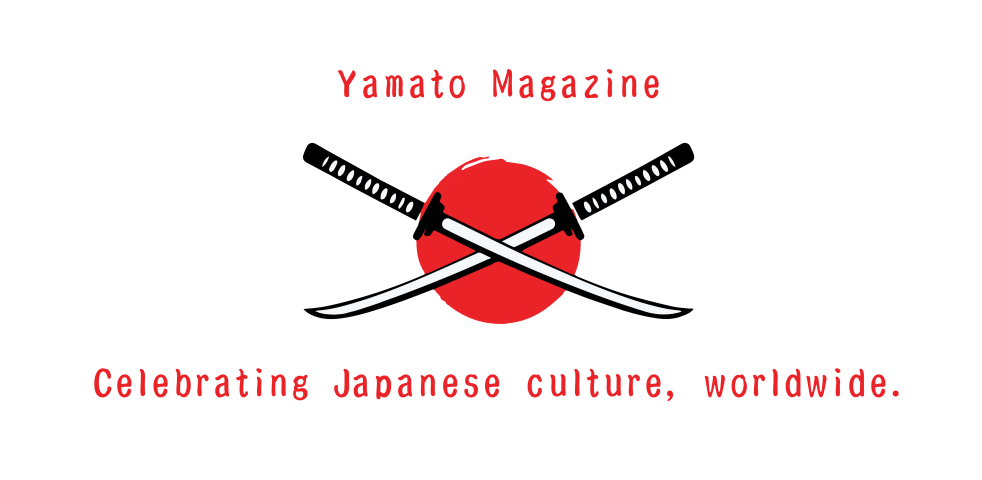
Ancient Japanese sword makers were known as artists who dedicated everything to their craft. They spent countless hours forging steel into weapons that went on to be wielded by famous samurai like Miyamoto Musashi. Some Japanese swordsmiths became as well-known as the people they made weapons for. One of the most infamous names in the swordsmith world is Muramasa Sengo.
Various legends portray Muramasa as being wild and unpredictable. Supposedly, his madness was so great that he needed to transfer it into his work to stop himself from being overwhelmed. As a result, Muramasa swords have earned a reputation for being cursed. His katanas were meant to cause bloodlust and force their wielders to kill indiscriminately. But where did the legends come from?

The origins of Muramasa
For years, scholars have debated about the exact origins of Muramasa. According to a popular theory, he lived during the late Muromachi period (early 16th century) in Japan and studied under Masamune, the greatest swordsmith in Japanese history. Another theory describes him as being a student of a Kyoto swordsmith called Heianjō Nagayoshi. The founding of the Muramasa school is as mysterious as the man himself. However, it’s generally believed that the school lasted for at least three generations.
Despite the uncertainty of his background, Muramasa earned renown for the quality of his swords. His blades were known for having some unusual features:
· Muramasa-ba (Muramasa-like edge) — Muramasa swords have a wave-shaped hamon (blade pattern)
· Muramasa-nakago (Muramasa-like tang) — Tangs refer to the back portion of a blade. Muramasa’s were unusual because they had a fish-belly shape.
Cursed blades
Due to their brilliant quality, Muramasa swords were favoured among samurai, especially the supporters of Tokugawa Ieyasu, the first shogun of the Edo period. Yet the good times didn’t last.
The Tokugawa clan were responsible for spreading the demonic rumours that became associated with Muramasa katanas. Ieyasu’s grandfather, Matsudaira Kiyoyasu, was killed by his own vassal Abe Masatoyo with a Muramasa, while Ieyasu’s father, Matsudaira Hirotada was stabbed by a similar blade. The shogun’s first son, Matsudaira Nobuyasu, also came to a violent end when he was beheaded by a Muramasa in an act of seppuku.

The Tokugawa clan’s damnation of Muramasa contributed to his negative image. The shogun feared his swords so much that he banned anyone from owning them. Anyone who was found to be keeping them suffered harsh punishments. For example, a Nagasaki Magistrate called Takanak Ume was ordered to kill himself after he was discovered to own 24 Muramasa blades.
Anti-Tokugawa activists saw the katanas as symbols of power and wielded them against the Tokugawa family. During this period, a lot of forgeries were made, making it difficult to identify a genuine Muramasa sword.
Muramasa in pop culture
The cursed reputation of Muramasa swords has been woven into the fabric of pop culture. Many stories have been written about sinister katanas that possess their wielders and send them into murderous rages.

Comics are a notable medium for fictionalised Muramasa swords. The Marvel superhero Wolverine had a sword forged out of his own soul by Muramasa. The blade had mystical qualities and could kill people with healing factors like Wolverine. In Top Cow comics, an assassin called Ian Nottingham wielded The Blood Sword. A cursed katana, the weapon drove its owners to kill on a regular basis.
Despite his reputation, Muramasa was an incredible swordsmith and his skill is a testament to the amount of craftsmanship that went into Japanese sword making during the time in which he lived. The evil associated with his weapons was cultivated by the warriors who used them.


A very interesting article!
LikeLike
Thanks! I’m glad you enjoyed the content. Muramasa swords are among history’s most intriguing weapons I think.
LikeLiked by 1 person
The first time I have heard of the Muramasa is through a PS game (hardly remember its name). It’s used by the main antagonist, while the protagonist holds the Masamune, the so-called holy blade 🙂
LikeLike
Dies anyone know what material they used to make the sword black or really dark grey?
LikeLike